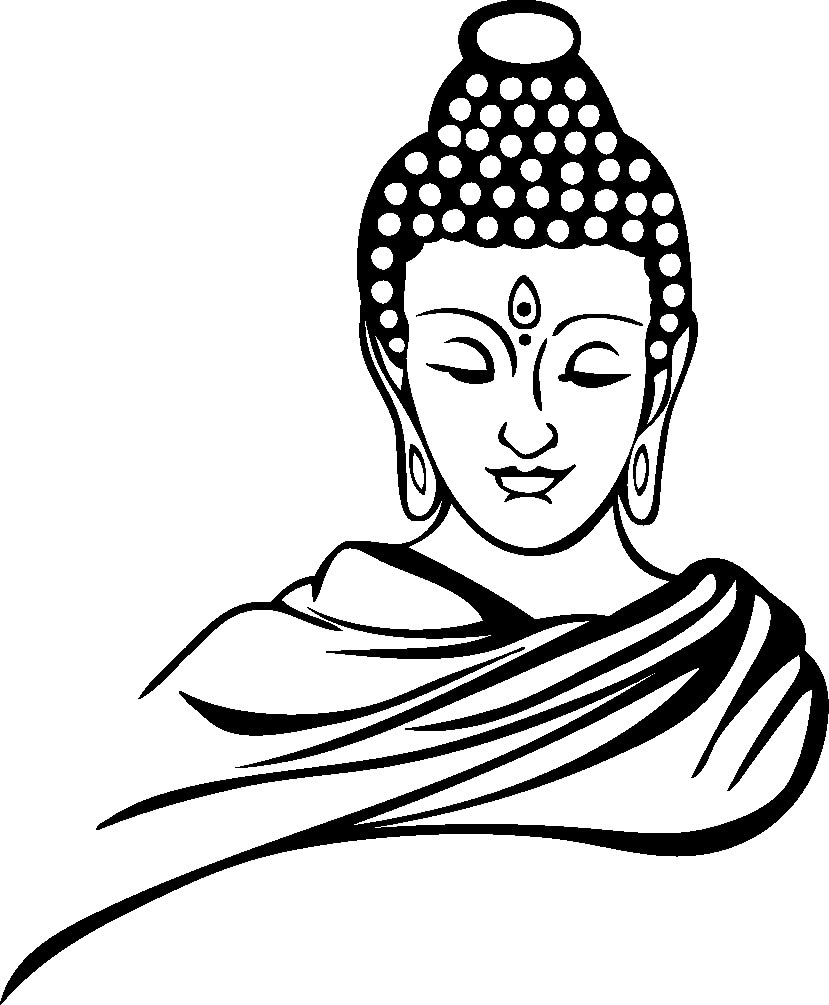|
Story of the Buddha
The Buddha was not born the Buddha. Historically, it is accepted that his name was Siddhartha Gautama. He was born into a princely life kept away from worldly troubles and provided a life where he was to only to know pleasure. One day, Siddhartha left his castle with his charioteer. He came across an ill man, an old man and a dead body. It became clear to the young prince that as much as we all try to avoid the reality; we are all subject to sickness, old age and death. Unlike most of us who intellectually acknowledge this reality, Siddhartha became truly aware of these truths and what they mean. The young prince, overcome with new understanding of life’s discontentment and suffering, felt the clinging of his princely life fall away and cease to have meaning for him. He left his palace to understand the nature of suffering and truth. Over the next six years, he studied under the greatest Brahman holy teachers of the day, and the sadhu ascetic hermits. The Brahman teachings brought him no sense of peace. The austere ascetic life brought him to starvation and near death, but also gave him no further insight. Siddhartha, who had been a prince, a holy man, a hermit left to find the answer on his own. He realized the blindness of extreme sensual indulgence and futility of extreme ascetic practices. Then he followed what came to be known as “the Middle Path,” which focuses on the inner development of the mind while taking proper care of the body. Eventually, he sat underneath a Bodhi tree. He remembered a time as a child when he sat under another tree watching his father perform a harvest ceremony, when he was at peace. He then started a process of meditation where he developed great insight and understanding so profound that he embodied a state of enlightenment. Some time later, a man on the road who could recognize the specialness of Siddhartha questioned him. He asked him if he was a god, a demon, or a deva. Each time Siddhartha replied “no.” “Then what are you?” asked the stranger on the road. “I am awake,” replied Siddhartha. The sanskrit word for awake is “budh.” From that time on, he would be known as the Buddha, or “the awakened one.” Because he had enlightened himself, he is also referred to as Samma Sambuddha or “the one who has awakened himself.” For the next 45 years, the Buddha offered his wisdom to all. 2,500 years since his teachings continue to affect how we understand the universe, the mind, society, family, community and happiness. “What I teach,” said the Buddha, “is the understanding of suffering and the cessation of suffering.” The Dharma It is not surprising, that over 2,500 years the face of Buddhism has changed. It is a very adaptive faith, which integrates into the local social and cultural fabric. Of all of the Buddhist traditions, most can be associated within three major categories (Theravada, Mahayana and Vajrayana). Common to Buddhist traditions are basic teachings of the Buddha, commonly referred to as Dharma. Four Noble Truths 1.There is a nature of suffering (discontentment) to living. 2.There is an origin to suffering, which is self-centered craving based on ignorance of the true nature of reality. 3.There is an end of suffering. 4.The end of suffering can be achieved through transformation of personality by following the Noble Eightfold Path. |

